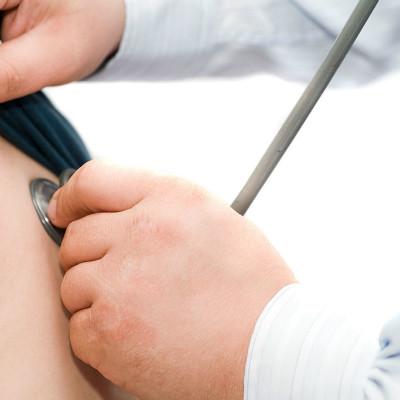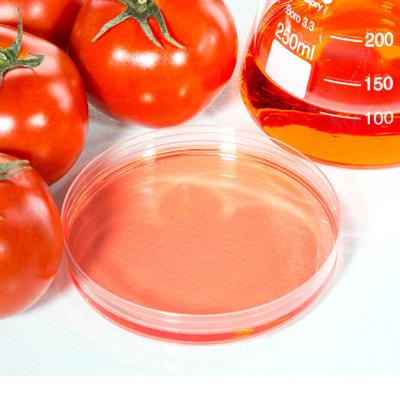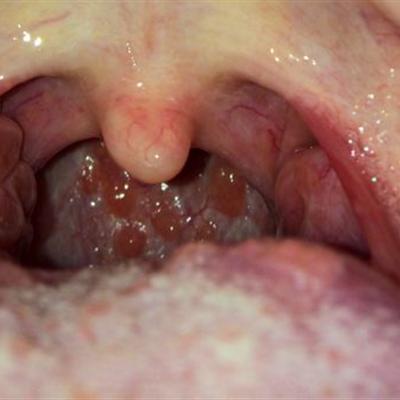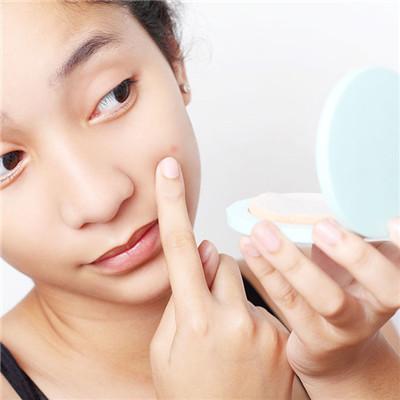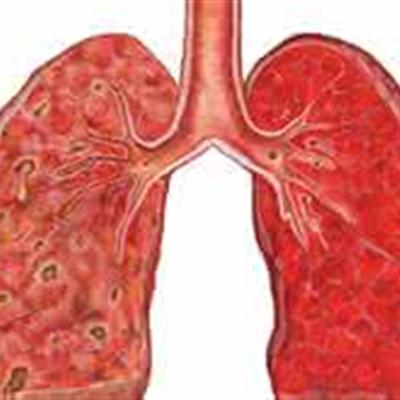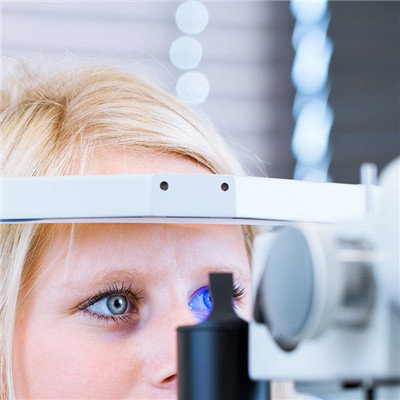Can right kidney atrophy return to normal?
summary
My sister is 42 years old and has no child, but she pays more attention to her body and doesn't go to the examination, and finally develops into a serious disease. So basically did not do a comprehensive physical examination. A few months ago, I went to the hospital for examination because I flashed my waist with a heavy object. I found that one side of the kidney had shrunk and the other side had compensatory enlargement. The local doctor only told her to do less heavy work, pay attention not to catch a cold, did not prescribe medicine treatment. Today, let me talk about whether renal atrophy can return to normal.
Can right kidney atrophy return to normal?
Unilateral renal atrophy is an abnormal phenomenon that the ipsilateral nephron is damaged due to congenital dysplasia or long-term disease of one kidney. The contralateral kidney is normal in size or hypertrophy, and its function is enhanced, so that the sum of the two kidney functions can still be fully compensated, so there will be no metabolic waste accumulation and other renal insufficiency.
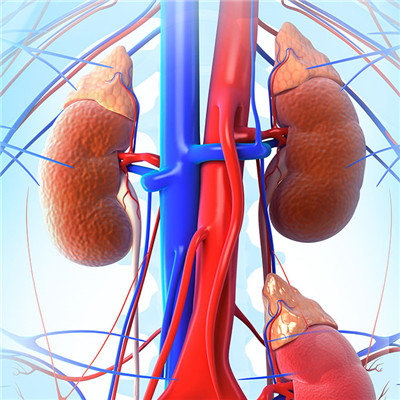
Clinically, unilateral renal atrophy is not rare, patients often with hypertension, waist acid and other symptoms, or routine health examination, B ultrasound or X-ray examination found. There are many reasons for unilateral renal atrophy, such as renal hypoplasia, renal ischemia, chronic renal inflammation, urinary tract obstruction, reflux kidney disease, etc. It can be said that patients only have "precious" one side of the kidney in overload work, urinary tract infection or obstruction, renal trauma, fatigue, nephrotoxic drug application and other factors are more likely to induce deterioration of renal function, if not handled properly, there may be bilateral renal atrophy and renal failure after a few years, so the disease can not be ignored.
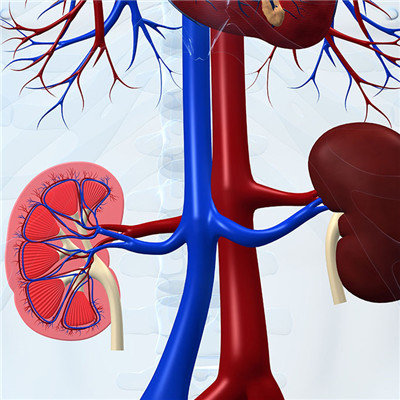
The clinical manifestation of unilateral renal atrophy depends on its etiology. Renal artery stenosis causes hypertension by activating renin angiotensin aldosterone system; Chronic renal inflammation may appear repeated micturition discomfort, low back pain, low fever, etc; Urinary tract obstruction may have occurred in the course of severe low back pain, hematuria and so on. In terms of treatment, to know whether the patient has hypertension, routine urine test, blood routine test, blood biochemistry test, urine culture, B-ultrasound, X-ray plain film, urography, radionuclide dynamic imaging, CT, MRI and other examinations can be performed. If necessary, renal arteriography can be performed to clarify the cause of the disease, and then targeted treatment can be carried out. After DSA dilation of renal artery stenosis, the blood pressure decreased, the blood flow of atrophic kidney increased significantly, and the kidney increased more than before; If there is chronic inflammation in the kidney, antibiotics should be used according to the course of treatment; Urinary calculi and obstruction should be treated in time.
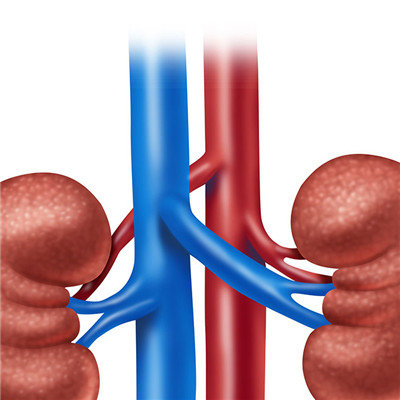
matters needing attention
Of course, the nursing of renal atrophy is inseparable from diet. Adjust diet to help nutrition, conducive to the recovery of the disease. Patients with renal atrophy are often accompanied with malnutrition. Therefore, they should adjust their diet, such as eggs, milk, lean meat, fresh vegetables and so on. They should avoid eating "fat" foods, such as dog meat, shrimp, crab and so on. At the same time, they should stop smoking and drinking. For the patients with renal atrophy, we should adopt high-quality low protein diet and properly control the protein intake, so as to reduce the burden of the kidney and avoid further deterioration of the disease. Patients with renal atrophy can eat what they should and should not.

